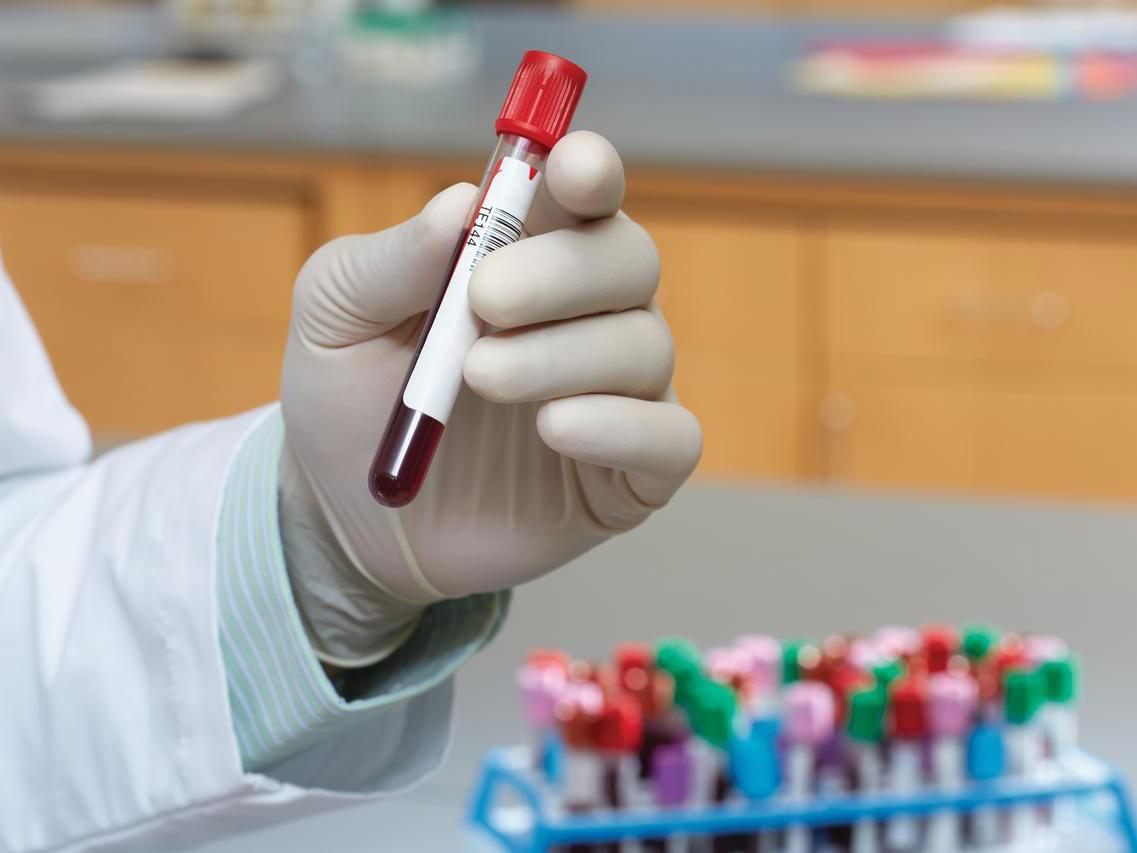
Learn more about HIV/AIDS and
share to help raise awareness.
The human immunodeficiency virus (HIV) is a retrovirus that infects cells of the human immune system, destroying or impairing their function. HIV infection causes acquired immunodeficiency syndrome (AIDS).
HIV is a truly global epidemic. It is the world’s leading infectious killer,1 and even after three decades of dramatically increased awareness, prevention, and treatment options, the statistics remain startling:
- 37 million people worldwide are living with HIV, including 1.8 million children.1
- 54% of these people don’t know they are carrying the virus.2
These facts highlight the critical importance of global testing for HIV.
Risk Factors
According to the World Health Organization, primary risk factors for HIV include unprotected vaginal or anal sex; sharing contaminated needles, syringes, and other injecting equipment; unsafe blood transfusions and medical procedures; accidental needle-stick injuries; and other sexually transmitted infections, such as syphilis, herpes, chlamydia, gonorrhea, and bacterial vaginosis.2
Prevention, Testing, and Therapy
Limiting exposure to and curbing behavior associated with these risk factors can reduce the probability of HIV infection.
In addition, early identification of HIV-positive individuals, viral load monitoring, and testing for the drug-resistance of particular strains of HIV may improve patient outcomes and reduce disease transmission. Clinical laboratory tests remain crucially important at every stage of the HIV-care continuum, as they provide clinicians with tools that allow them to manage patients more effectively.
There has been significant progress. Between 2000 and 2015, new HIV infections have fallen by 35% with AIDS-related deaths falling by 28%.3
One simple blood test could save lives.

HIV Testing
Siemens Healthineers offers immunoassay and molecular testing solutions on the ADVIA Centaur® Immunoassay System and the VERSANT® kPCR Molecular System.
Learn more about HIV immunoassay testing solutions
Learn more about HIV molecular testing solutions

Webinar: Update on Testing for HIV Diagnosis
Bernard M. Branson, MD discusses the evolution of HIV testing, how to interpret the CDC testing algorithm, and address the clinical implications of diagnosing HIV infection earlier in the disease’s progression. View webinar.